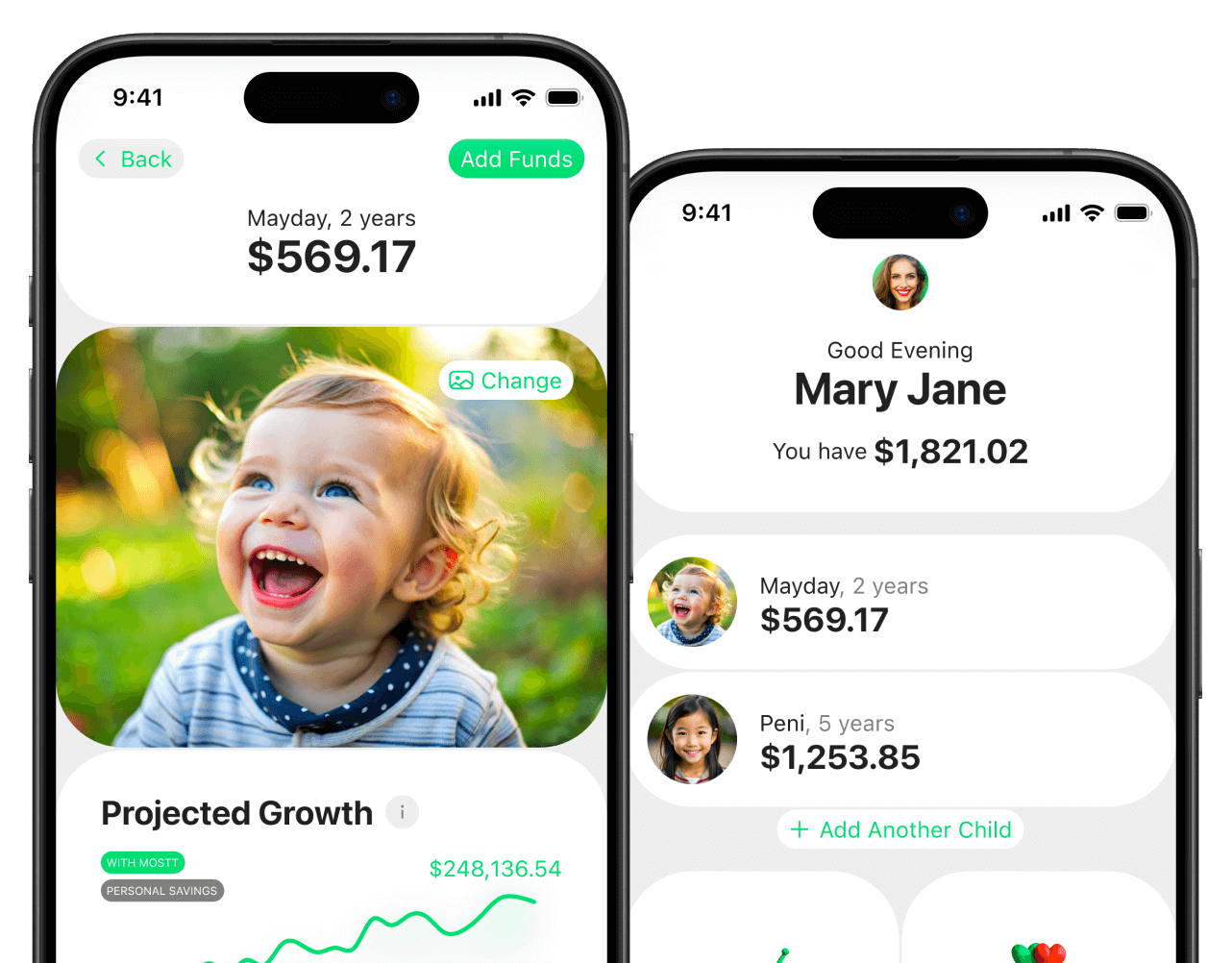December is your “pause button.” The holidays, the end of the calendar year, even the smell of pine and cookies — they all call us to reflect. But more than that, December hands us a rare gift: time and emotional space to ask, Where are we going next — and how will we protect the ones we love?
The Story You Know Too Well
It’s the last weekend in December. Kids are still on holiday break. The tree is lit. You stand in the kitchen sipping something warm while the living room glows. Somewhere behind you — maybe under the tree, maybe not — are a few credit‑card bills, a partially used gift card, and a thought that’s been nagging you all year:
“We did okay. But… what if next year something hits us? What if one of us loses a job? Or the car breaks down? Or unexpected costs wrap around us like a cold December storm?”
You’ve thought about setting goals before. Maybe in January. But January feels hectic: back to school, work deadlines, winter blues, and scrambling to catch up. The resolution energy fades by February.
So instead, you sweep the unease under the rug, promising yourself you’ll “get to it soon.” But “soon” becomes “after the holidays,” and then “when we have more time.” And life busies up again.
If that sounds familiar, you’re not alone.
Why December Changes Everything
December has a few secret powers many people don’t realize:
-
Emotion + Intention: The end of the year naturally invites reflection. We think about what we gained—and what we lost. We celebrate victories. We mourn what didn’t go as planned. Emotion clears the mental clutter, letting us see what really matters. When you connect with your feelings about money — the stress, the relief, the guilt, the pride — you are more likely to make intentional choices moving forward.
-
Calendar leverage: Once December ends, the new year starts. And with it come deadlines — tax deadlines, savings resets, insurance renewals, school tuition payments, and more. Planning ahead in December gives your family a head start rather than a scramble. Instead of reacting to the year, you get to design it.
-
Momentum from holiday spending: Holiday bonuses, gifts, a little extra income, or holiday savings might give you a small cushion. That cushion becomes the seed for bigger goals: emergency funds, debt paydown, or a future vacation fund. Even a few hundred dollars can make a meaningful difference if you plan wisely.
-
Psychological clarity: When things quiet down — family gathered, lights dimmed — you get clarity. That clarity helps you move from reactive spending (“buy this because sales”) to intentional planning (“save this because we value security”). You’re no longer on autopilot. You’re the pilot.
In short: December isn’t just the end of a year. It’s a gateway — a chance to close one chapter with wisdom and begin the next with purpose.
What Most Families Get Wrong — and Why Waiting Until January Fails
Before we talk about how to set financial goals, it helps to see what usually derails good intentions:
-
Setting vague goals: “We’ll save more” or “we’ll pay off debt” sounds good — but it’s too fuzzy. When you don’t define a target number or a date, those goals fade into the noise of everyday life. A clear goal isn’t “I’ll save money.” It’s “I will save $200 a month for the next 12 months in a dedicated account.” That level of specificity changes behavior.
-
No structure for follow-through: Without a plan, a budget, or regular check-ins, good intentions become forgotten. Life overtakes. Your goal gets lost in email alerts, kid activities, and work deadlines.
-
Lack of a buffer: Many families have no rainy day fund. So when unexpected expenses hit — car trouble, medical bills, job changes — they rely on credit cards or loans. That choice pushes them backward. With even a small cushion, your family can respond instead of react.
-
Procrastination because of “new year, new me” syndrome: Starting fresh in January feels symbolic, but often leads to fatigue by February. Once the holiday high fades and the cold sets in, motivation drops, momentum dissolves.
Waiting until January often means missing the mental clarity, emotional energy, and small financial opportunities that December uniquely provides.
The December-to-New-Year Plan: How to Build Family Financial Goals (Step‑by‑Step)
Here’s a simple roadmap you can follow before New Year’s Day — to turn intention into action.
1. Gather the Family for a “Year-End Money Chat”
Make it a mini-ritual. Maybe after kids are in bed. Maybe after dinner. Light a candle. Pour hot cocoa. Bring out last year’s bank statements, receipts, and bills.
Ask questions like:
-
What surprised us financially this year (good or bad)?
-
Where did we overspend? Where did we underspend?
-
What major expenses or life changes are on the horizon — kid’s school, car repairs, vacations, home maintenance, bigger goals (college, vacations, side-hustles)?
-
What do we wish we had done differently? Why didn’t we?
This conversation helps you acknowledge where you are — emotionally and financially — before moving forward. It also gives everyone in the family a voice and ownership over money decisions, which is especially important if kids are old enough to participate.
2. Choose 2–4 Big, Meaningful Goals
Too many goals = no goals. This isn’t a bucket list. This is a roadmap.
Good examples:
-
Build an emergency fund that can cover 3–6 months of essential expenses. Financial planners generally recommend this as a buffer against life’s shocks. (consumerfinance.gov)
-
Pay off a specific chunk of high-interest or revolving debt by [insert “X date”].
-
Save for major 2025 expenses — e.g., family vacation, new car, down payment, kids’ education, home repair.
-
Start or grow an investment/college savings account.
-
Set aside money for one “fun family memory” — a trip, experience, or special project.
Because these goals are tied to your values — security, freedom, family, growth — they feel meaningful. That makes follow-through easier.
3. Break Each Goal into Small, Actionable Steps
Don’t let the “big goal” intimidate you. Instead, break it down.
For example:
-
Emergency fund: Calculate monthly necessary expenses → decide how many months you want to cover → divide by 12 (or the number of months until your goal) → set monthly or biweekly savings amount.
-
Debt repayment: List all debts, interest rates, minimum payments. Decide whether to pay extra on highest-interest first (debt avalanche) or use a “debt snowball” to gain wins fast. (nerdwallet.com)
-
Saving for a vacation or big purchase: Open a dedicated savings account (or sub-account), treat it like a bill — “pay” it to yourself every paycheck.
-
Investing/college fund: Pick an account type. Automate a monthly contribution. Even small amounts add up over time.
The key is consistency. Small, consistent steps beat large, inconsistent bursts of effort every time.
4. Choose a “Trigger Date” — and Treat It Like a Real Appointment
Treat your financial goals like important family appointments: schedule monthly or quarterly “money meetings.” Put them on the calendar now, before January 1, and include everyone who helps decide money — you, spouse/partner, maybe even a responsible teen.
When you do this ahead of time, you create momentum — instead of waiting until things get busy again. These meetings aren’t stressful; they’re celebrations of progress.
5. Adjust Your Habits Now to Make It Stick
Before the calendar flips, see where your money has been leaking: unused subscriptions, unnecessary automatic payments, impulse holiday buys, eating out.
Those “small leaks” add up over time. Redirect that money toward your new goals. As one recent year-end personal-finance guide suggests: December is a great time to cancel wasteful subscriptions, maximize contributions to savings or retirement accounts, and reset budget habits. (kiplinger.com)
How Doing This Now Will Give You a Head-Start (and Peace of Mind)
When you actually follow through and commit in December, you get more than a to-do list — you get momentum.
-
Instead of fumbling around in April trying to find extra money for that school fee or broken air conditioner, you already have a plan (and maybe even a fund) waiting.
-
You sleep better. Because there’s a difference between hoping things go fine and knowing you’re prepared if they don’t.
-
Your kids (if you have them) grow up learning intentional money habits. They see your family treat money like a tool — not just something to spend.
-
You reclaim energy and time — instead of constantly chasing bills or scrambling after unexpected expenses, you push forward on what matters: stability, growth, and meaningful memories.
And perhaps most powerful: you shift from reacting to life … to designing life.
Common Objections — and How to Overcome Them
|
Objection |
What to Remember / How to Overcome |
|---|---|
|
“We don’t have enough extra money to save.” |
Start small. Even $20 a week adds up. The first step isn’t to hit $5,000 — it’s to build a saving habit. Consistent small steps win the race. |
|
“We’ll just start in January — that’s when the fresh start feels right.” |
January is often chaotic. Starting in December gives you breathing room — and reduces the chance that your goals get buried in busyness. |
|
“We don’t know what 2026 will bring — nothing feels predictable.” |
That’s exactly why you need a cushion. A rainy-day fund doesn’t just prepare you for calm — it protects you for storms. (cnbc.com) |
|
“What if we set goals and don’t reach them?” |
Even partial progress moves you forward. Consistency matters more than perfection. It’s better to move slowly in the right direction than to stall entirely because you’re trying to be perfect. |
A Simple “December Action Checklist” to Get You Started — Tonight
-
Block 30 minutes on the calendar this week for your Year-End Money Chat.
-
Pull up expenses from the last 6–12 months. List fixed costs (housing, utilities, car, insurance), usual expenses (groceries, childcare, subscriptions), and irregular expenses (medical, repairs).
-
Calculate average monthly essential spending — that’s the foundation of your emergency-fund goal.
-
Write down 2–4 big financial goals for next year. Be specific. (E.g. “Save $6,000 for emergency fund,” “Pay off $4,000 in credit-card debt,” “Put $2,500 toward kids’ college fund,” “Save $1,500 for summer family vacation.”)
-
For each goal: break it into a per-month or per-paycheck action, and automate it if possible.
-
Schedule your first “money meeting” — perhaps 3 months from now — to review and adjust.
Why This Matters (Especially for Families Like Yours)
You and your family — with kids, bills, dreams, and a future — deserve more than good intentions. You deserve a plan.
When you treat money not as something to scramble for, but as a resource to steward — something you control, not that controls you — everything changes.
Because you don’t just save dollars. You build peace. You build confidence. You build a foundation that says: “No matter what comes, we’ll be okay.”
So this December, lean into the pause. Gather around the table. Ask the hard questions. Name your values. Commit to a vision. Then — when the new year begins — you won’t be scrambling. You’ll be stepping forward.
Because this isn’t just about numbers. It’s about belonging. Security. Possibility.
And when your kids grow up asking how you made it — don’t tell them you got lucky. Tell them you DECIDED to build your future — together.




